Table of contents
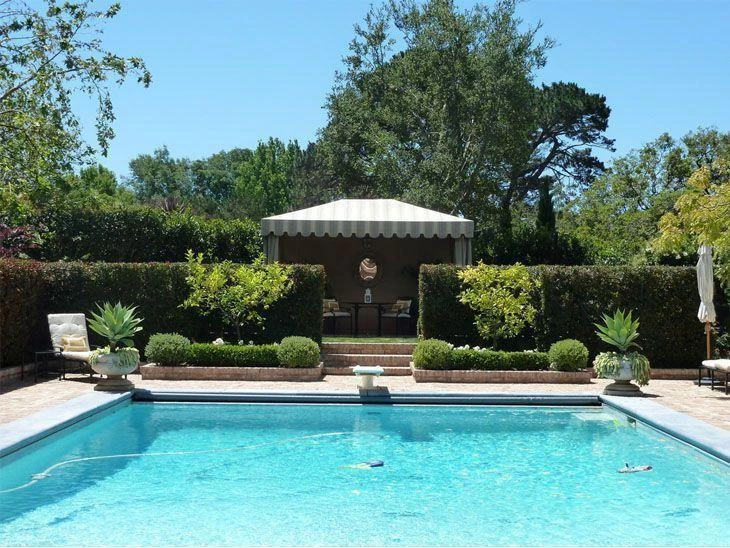
An ideal option for those seeking a natural and more beautiful alternative to a simple fence to separate environments and promote more privacy, by using a living fence for this purpose it is possible to achieve a much more interesting decoration of the outdoor area.
A living fence can be defined as lines of shrubs or trees of reduced sizes, of the most varied species, that are used for the protection of a certain area, or for decoration and demarcation of an environment.
It can be used alone, or it can accompany the wall, covering it partially or completely, giving it a more beautiful and charming look. Among its functions, one can cite ornamentation, noise reduction, wind protection, privacy, and the delimitation of spaces.
Another option is to use it to enhance paths or passageways, complementing the site's landscaping. With a wide variety of species that can be grown, the living fence has fast growth, easy maintenance, and a beautiful visual effect.
Where to use living fences?
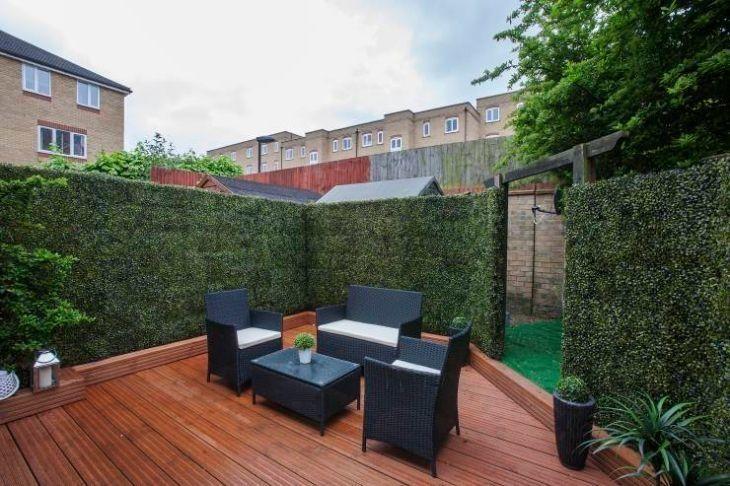
According to landscape designer Mariana Bonfim, living fences are great options for dividing the garden into two environments, for example, without having to close off the entire view between the spaces.
In addition, using a living fence can be a good option for those seeking privacy in common areas such as swimming pools, since they can reach up to 15 meters in height, avoiding prying eyes.
The option of using them in place of the wall or accompanying it ensures beauty already on the facade of the residence, leaving the construction in direct contact with nature, giving a country air to the visual.
Why use hedges?
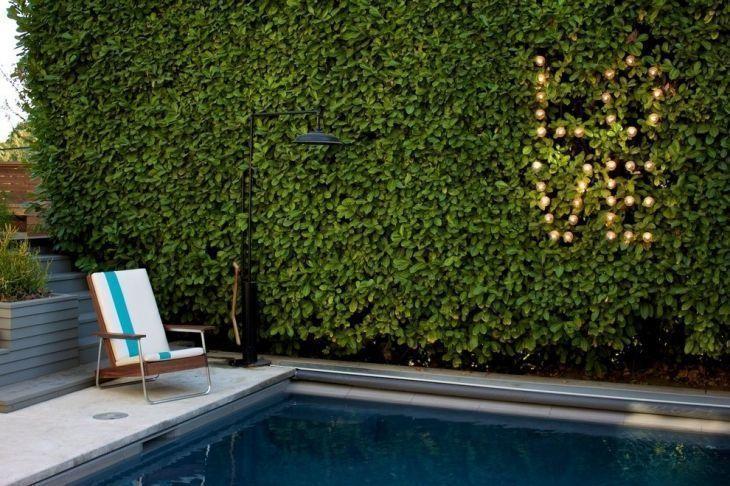
For the landscape designer, among the benefits of choosing a living fence, one can mention the security and privacy provided by it, besides avoiding contact with pollution and reducing noise: "The living fence is very versatile, besides being a cheaper replacement for concrete walls, railings, and wooden fences," she adds.
According to Mariana, both the advantages and disadvantages of the living hay will vary according to the species chosen: "Therefore, it is important to consider the purpose of use of the species chosen and the characteristics of the location, discarding options that are not suitable for the soil or climate of the region," she explains.
There are species whose roots grow disorderly, which can damage floors and walls, while others can be difficult to maintain due to the presence of thorns, for example: "Due to these details, it is important to consult a specialist before deciding which seedling to buy", the professional points out.
8 species of living fence to use at home
Among the species most used as living fences, the landscape designer mentions those that accept control and direction pruning, such as the boxwood, golden tip, nandina, gardenia, and clusia, mainly because they produce a natural barrier and delimit spaces.
"Large plants, such as eucalyptus, flamboyant garden tree, giant bamboo, and grevillea are great as windbreaks, while to block dust and noise the most common are myrtle, dracena, lautorino, and cedrinho, and to protect against invaders, the pyracantha and hazel are the most indicated," Mariana advises.
Check out some information about the most chosen species to fulfill the living fence function and make your home full of charm:
1. sweetheart
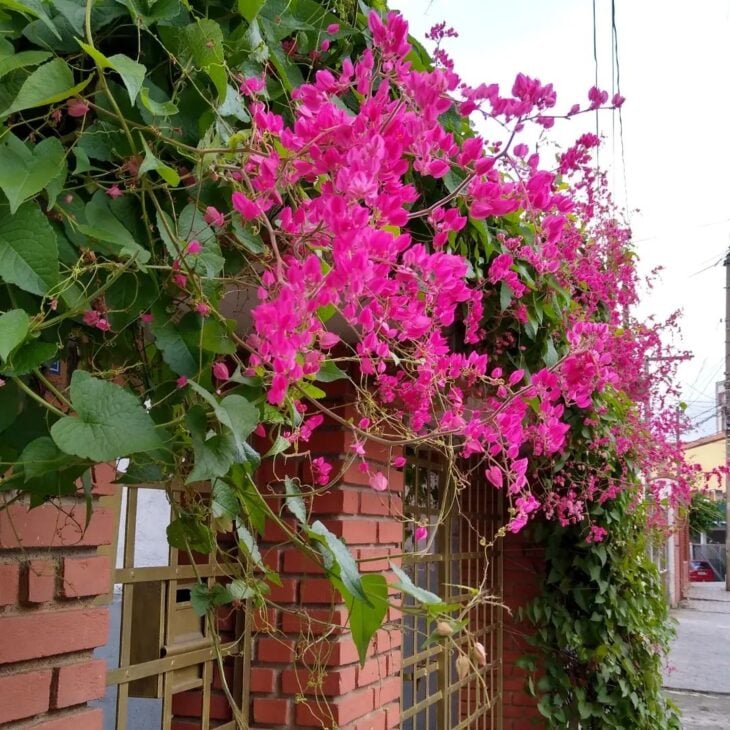
A climbing species, this plant has delicate, heart-shaped flowers that provide a romantic effect to the visual appearance. Depending on the variety chosen, its flowers can be white or pink, blooming in spring or summer, right after the first year of planting. They attract bees, which help to pollinate and multiply this beautiful plant.
See_also: How to use purple in a unique way in your decor2. spring living fence

Categorized as a shrub or climber, this plant has creamy-yellow flowers adorned with a kind of pink leaf. Its cultivation can direct its growth, and it is also widely used to decorate beautiful pergolas. It must be pruned annually to maintain its foliage and beautiful flowers.
3. boxwood
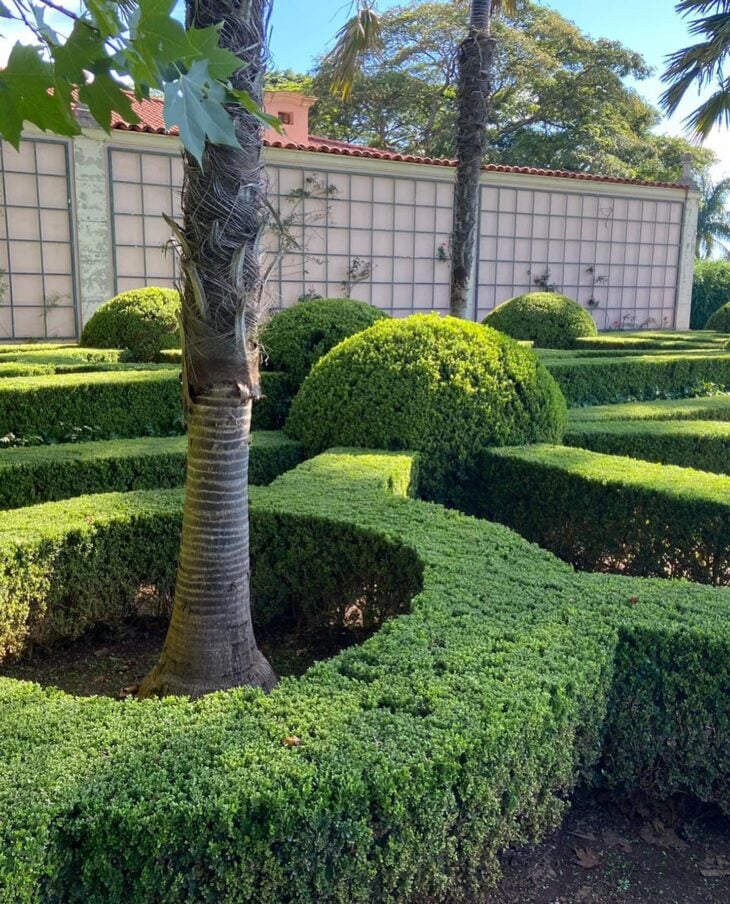
A shrub-type plant, it is also used as topiary. Pruned every six months, its dark green leaves remain beautiful and healthy. It requires little maintenance, being ideal for living fences, and can even form drawings and sculptures according to the personal taste of the pruner. Resistant, it gives a rustic air to the decoration.
4. myrtle living fence
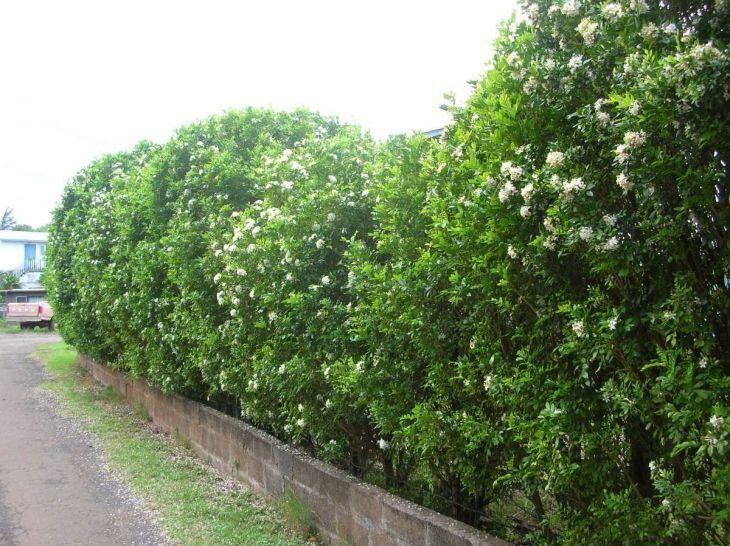
An ornamental tree widely used as a living fence, the myrtle can reach up to 7 meters high. Ideal for this purpose, its branches are woody, branching one over the other. With small dark green foliage, it produces flowers all year round, with colors ranging from white to cream and fragrance similar to jasmine and orange blossom.
5. bushy Tumbergia

With branched stem, small oval dark green leaves, this plant produces flowers all year round, blue in color with a yellow center, predominantly blooming in spring and summer. Good option for living fences, it can reach about 2.5 meters high.
6. laurotine
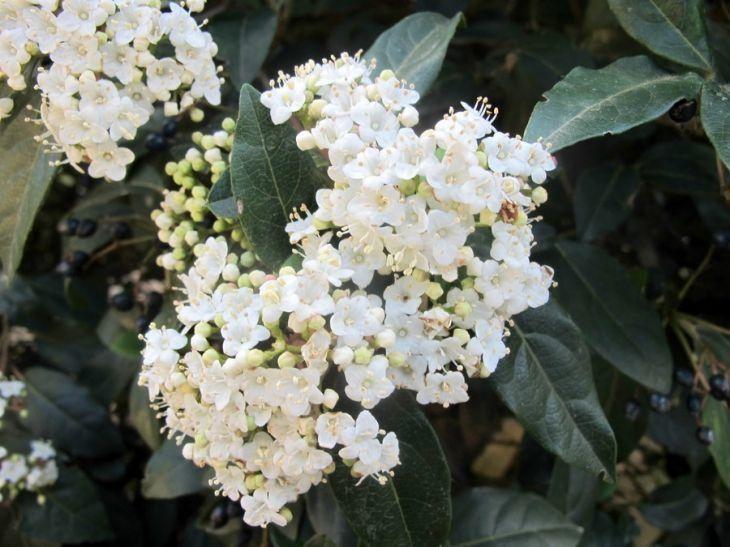
The laurotine has branched and erect stems, with a rounded crown. Its dark green leaves are shiny, with reddish petioles. With abundant flowers, ranging in color from pink to white, it exudes a delicious perfume. Reaching 2 to 3 meters in height, this species still produces a fruit, metallic blue and oval, which are toxic if ingested.
7. camellia

A versatile plant that can be grown as a tree as well as a shrub, it produces beautiful flowers in a variety of colors, including white, pink, red, and even two-color.landscaping.
See_also: 7 types of yew that will give a new face to your home8. samson of the field
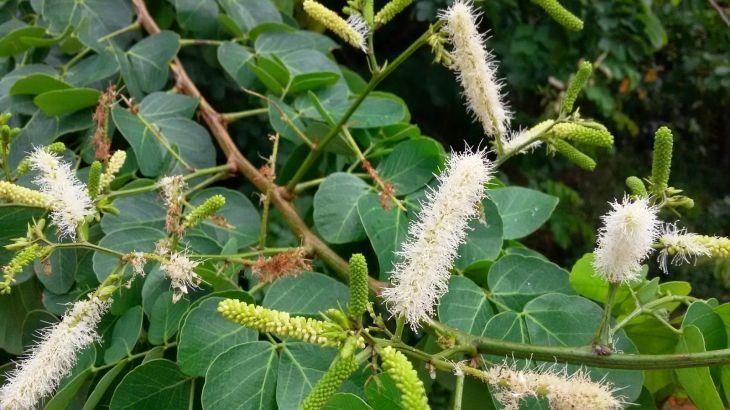
The main function of this species is to be used as a living fence, and it can reach a maximum height of 8 meters. It grows quickly, and in about 2 years of cultivation can reach a height of 2 meters. It has small, creamy-white flowers, gathered in a cylindrical spike. Its fruit resembles a pod, and is a good source of protein for goat feed.
How live fence maintenance is done
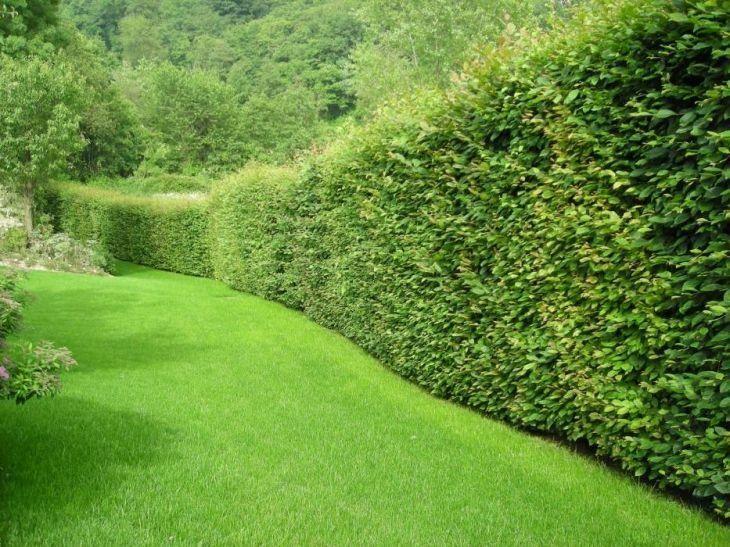
As the landscape designer explains, the maintenance of a living fence will include pruning, irrigation, and the replacement of fertilizer, when necessary. The frequency and form in which the living fence will be pruned will depend on the species chosen.
The professional reveals that there are two types of pruning: formation and maintenance. formation pruning is done at the beginning of planting to "train" the growth of the fence to its final shape. usually this pruning reduces the highest branches, densifying the plant and stimulating the growth of lateral buds.of the fence and facilitate the entry of light in the lower region of the plant," he adds.
It is also important to point out that living fences that produce fruits and flowers cannot be pruned in the period before they are in bloom: "Therefore, it is necessary to pay attention to the blooming period of each one before pruning, avoiding possible damage to it," he warns.
20 pictures of living fence spaces
Now that you know a little more about this decorative item, check out the following selection of beautiful examples of living fences and get inspired:
1. small in size, only delimiting the garden

2. with varied species, bringing an intimate air to the pool
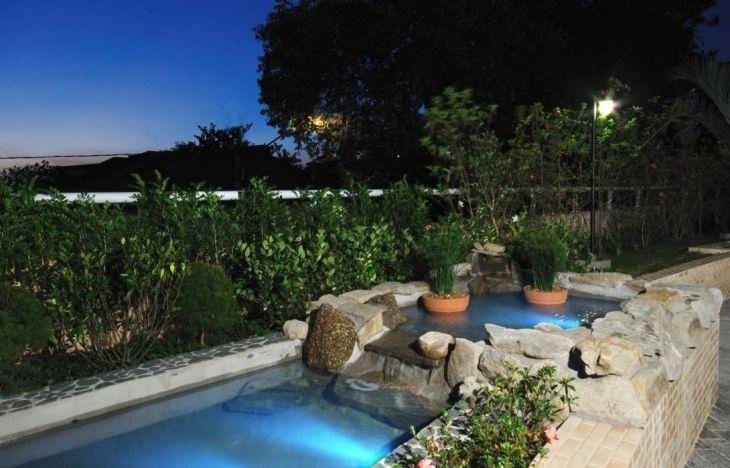
3. separating the leisure area from the rest of the land
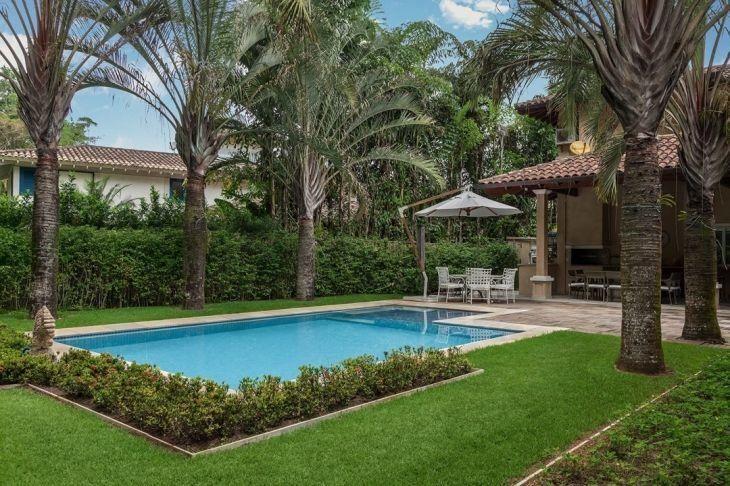
4. mini ixora making the way home more beautiful and charming

5. with different designs and shapes, delimiting the garden

6. ideal for maintaining the privacy and security of the residents
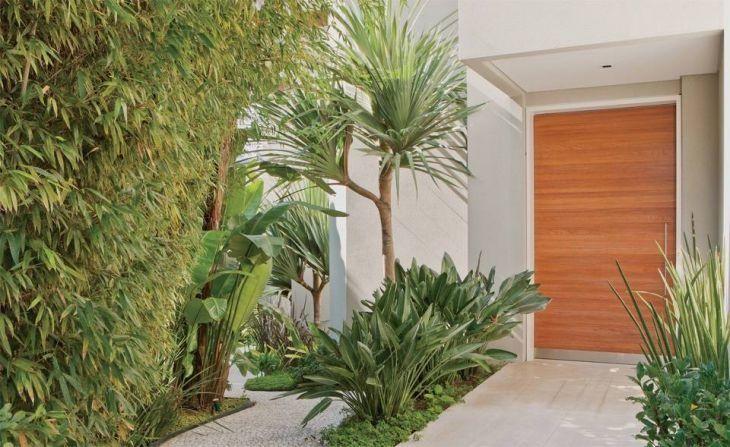
7. want an intimate place to relax? the living fence can help you!

8. internal area in direct contact with nature

9 Here, in addition to the living fence, trees increase privacy by overcoming the wall
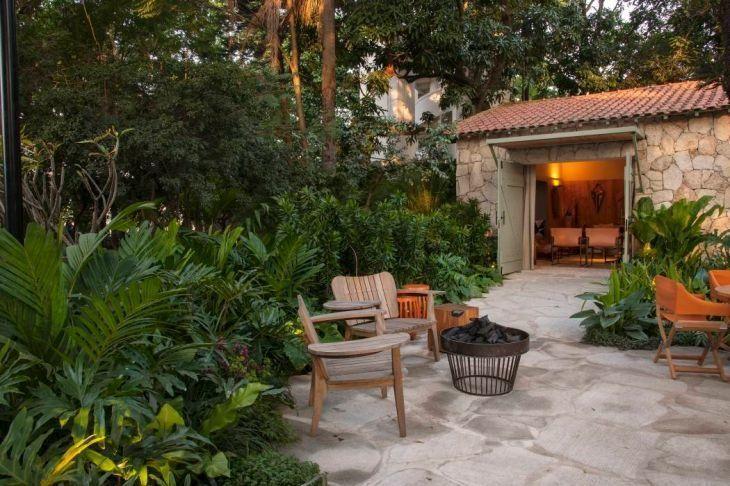
10. how about surrounding your residence with this decorative item?

11. giving beauty to the external area, for delicious intimate moments
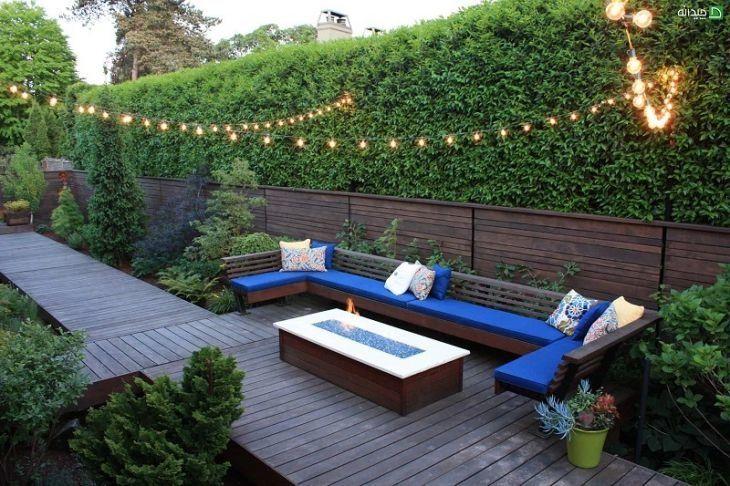
12. limiting the view from inside the house, ideal to keep the curious away

13. contact with nature in every corner of the leisure area

14. for a breakfast without spying neighbors

Whether its function is to separate environments, promote more privacy, or just decorate the facade of your residence, using a living fence will guarantee a touch of nature, besides ensuring more charm and beauty to your home. Choose your favorite species and transform the look of your home now.


